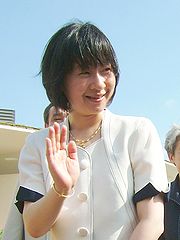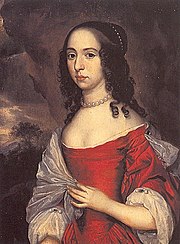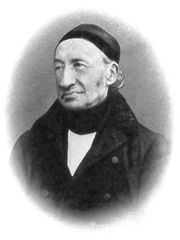Design
Design
Personality
Chart Properties
Your Cross represents the specific theme of your life. This cross embodies your unique potential & the lessons you're here to learn, providing a roadmap to fulfilling your life purpose.
We use the UTC birth time and date to do the calculations required to generate your Human Design chart.
Buy Tokens
Pay as you use, no expiry and no subscription required.Prompt Ideas
Get inspired with some epic prompt ideas.Albert Lortzing's Biography
German composer who established the 19th-century style of light German opera that remained in favour until the mid-20th century.
Lortzing’s parents were actors, and he was largely self-taught as a musician. He produced a one-act vaudeville, Ali Pascha von Janina, in 1828; a play with music, Der Pole und sein Kind (1832; “The Pole and His Child”); and in 1832 wrote (but did not produce) Szenen aus Mozarts Leben (“Scenes of Mozart’s Life”), with music selected from the works of Wolfgang Amadeus Mozart. From 1833 to 1844 he sang as a tenor in Leipzig. His most successful opera was Zar (originally Czaar) und Zimmermann (1837; “Tsar and Carpenter”), based on an episode from the life of Peter the Great. Other operas include Undine(1845), a romantic opera in the style of Carl Maria von Weber and Heinrich August Marschner,Der Waffenschmied (1846; “The Military Blacksmith”), and Rolands Knappen (1849). His style derives from that of the German Singspiel and from the early 19th-century French opéra comique, which enjoyed a great vogue in Germany.
He died on 21 January 1851, Berlin.
Link to Wikipedia biography
Albert Lortzing
Your Cross represents the specific theme of your life. This cross embodies your unique potential & the lessons you're here to learn, providing a roadmap to fulfilling your life purpose.
We use the UTC birth time and date to do the calculations required to generate your Human Design chart.







